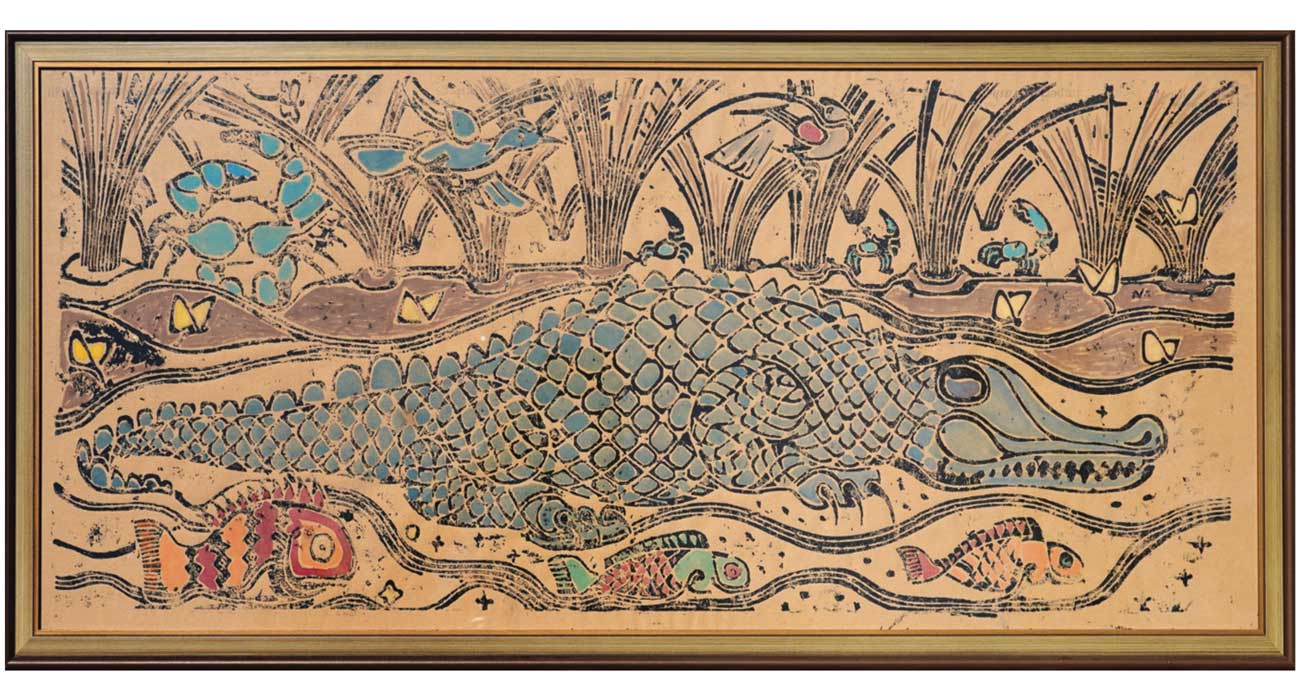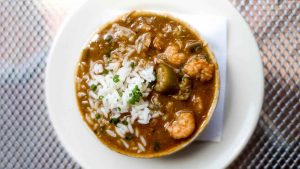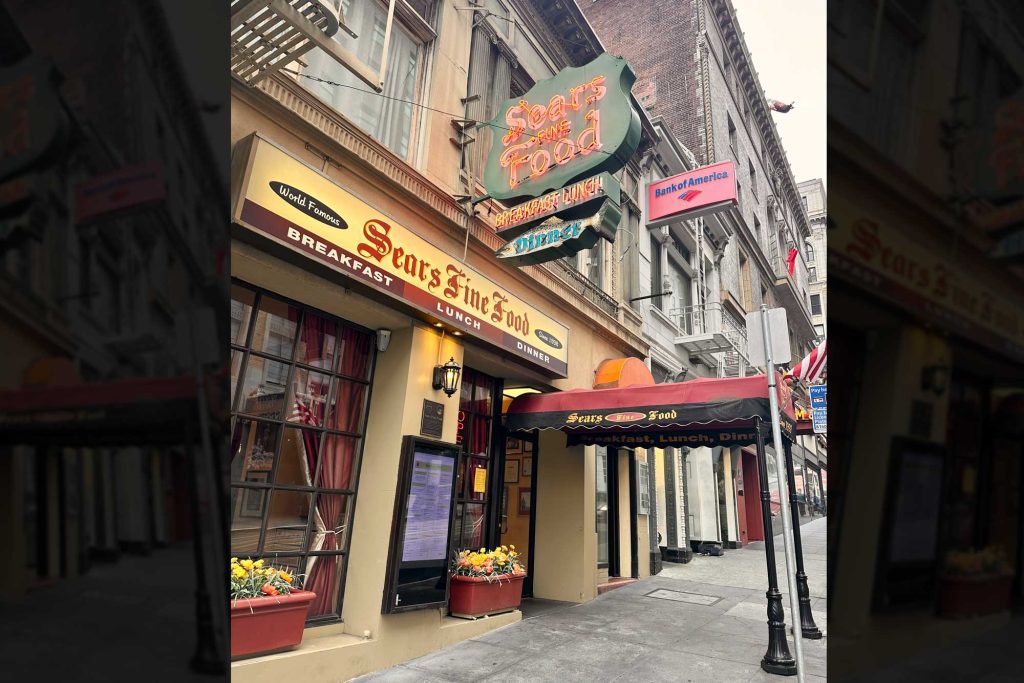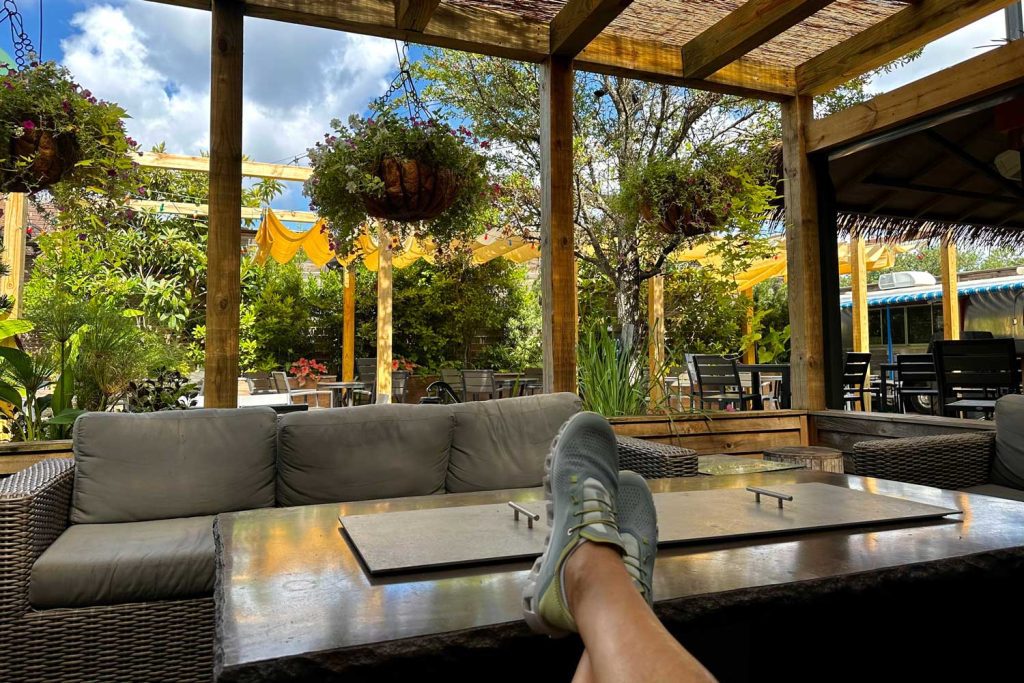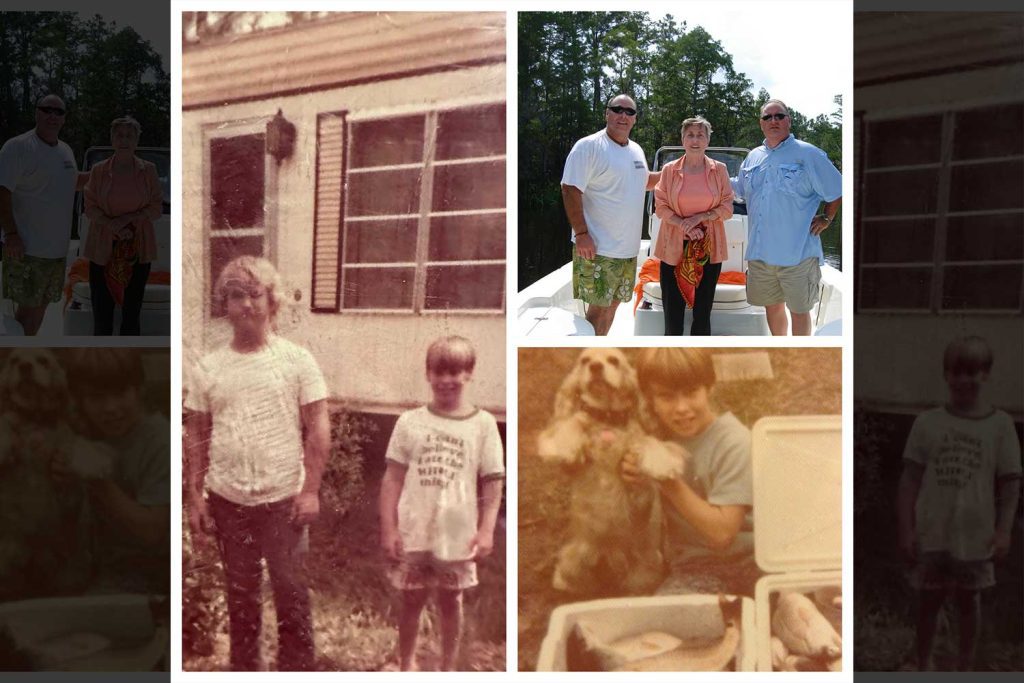There are three constants that have been ever-present in my life from day one— food, music, and art. For the purposes of this column— and the release of my latest coffee table book— I will focus on art. I am not an artist. Though I grew up in the house of an artist.
Tragedy struck my family early. My father died at 36. I was six. My brother was ten. My mother, who had earned an undergraduate degree in art a decade earlier, went back to school, received her master’s degree, and began teaching art to support our family. She continued to teach art for the next 50 years.
Growing up in the house of an artist sets one apart from the other families in the neighborhood, and, to my thinking, in a good way. Before she began teaching in the public and private school systems, and later at the university level, she taught in a small makeshift studio, just off the attic, on the second floor of our home. Our house always smelled of Grumbacher oil paint, wax candles, turpentine, and gumbo.
In the early years our mother took my brother and me to any art event that came within a day’s drive of our South Mississippi home in Hattiesburg. As kids we pled to go to amusement parks. She took us to art galleries. We begged to go to concerts, she took us to arts festivals. Today we are both better for it. She even opened a commercial art gallery at one point. It was there that I was first introduced to the work of Walter Anderson.
What attracted me immediately to the work of Anderson— even as a 10-year-old— were the coastal themes and especially the shrimp, crab, and fish. Anderson’s Mississippi Coast spoke to me. His Coast eventually became my Coast.
Our mother knew that she wasn’t going to be able to play backyard football or hunt, but she figured she could learn how to fish. So, she took what little savings she had, and purchased a small lot just outside of Vancleave, Mississippi in the middle of the last unregulated major river system in the lower 48 states. The camp was nothing more than a single-wide mobile home, but it was paradise. We were two blocks away from John’s Bayou which trickled into the brackish water of Bluff Creek, which flowed into the Pascagoula River which swiftly passed Walter Anderson’s in-law’s estate at Oldfields before heading out into the Mississippi Sound to Round Island and eventually to Anderson’s Gulf of Mexico barrier islet muse, Horn Island.
In the early fish camp days, on a trip “into town,” my mother took us to Shearwater Pottery, the Anderson family art compound in Ocean Springs. It was there— sometime in the late sixties or very early seventies— that she bought an Anderson alligator block print, on wallpaper, which was likely printed and painted by his eldest daughter, Mary, or maybe his wife, Sissy. That alligator hung above the mantle in the den of our home for as long as I can remember. When my mother eventually moved from our childhood home, she gave me the alligator for my home, where it hangs today.
It was the most iconic art in our house. Everything important in the life of our family happened with Anderson’s alligator in the background. That is what art does, it weaves itself into the fabric of families. Now— with a recently released documentary on the artist’s life and a new companion coffee table book just released— Anderson hangs in the foreground of my life.
I have always believed that the best art has a sense of place. I’m not sure if there has ever been an artist, in the history of artists, who was more “of his place” than Walter Anderson. He ventured out from his “place” on occasion, once as far as China. But we felt the Mississippi Coast in that work, even still. Anderson was so of his place he spent thousands of nights— over the course of 20 years— sleeping in the sand, under a small wooden skiff on Horn Island. He travelled to his place using two wooden oars and a bedsheet for a sail. He endured rough seas, rising tides, blistering heat, humidity, mosquitoes, and even the wrath of a hurricane for one solitary reason— his art. He had no choice. He had to do it. He had to get it out of his head and onto paper. Though I suspect the route didn’t originate in the head but came from the heart on its way to those sheets of 8 1/2 by 11-inch typing paper.
Good artists want to paint. Great artists must paint, and the greatest artists must paint at the expense of everything else, and everyone else, in their lives. Walter Anderson was certainly among the greatest. Tagged “America’s Van Gogh,” by art critics, he sacrificed everything for his art— his family, his friends, his social life, and in brief stints, his emotional health and well-being. The Anderson children grew up— not in the house of an artist— but on the grounds of an artist. He made choices, everyone in his life accepted his choices, and the world today is a better place because of that acceptance and those choices.
My grandfather once told me, “The hardest thing to do is to do something nice for someone, then never tell anyone about your good deed.” If that is true, then Anderson did the hardest thing an artist could ever do. He created thousands of watercolors and locked them away in a hand-painted chest in a small, beautiful room that he had painted literally from floor to ceiling for no one to see.
My grandfather would say that he did the toughest thing an artist could do. I would say he did the purest thing an artist could do. I am told that Van Gogh never sold a piece of art in his lifetime, but I don’t think it was for the lack of desire to sell. Anderson used his art for campfire lighter fuel on Horn Island and the ones that made it back to shore at Shearwater were locked away for no one to see. After his death his sister-n-law rescued a large stack of watercolors in the fireplace of his home. The stack was so big that it— thankfully— put out the fire when he dropped it in.
It was about the experience.
To my thinking, the most poignant moment in the life of Anderson occurred when escaping a mental hospital during one of his two stays over the course of his life. Some people are born to make an entrance. Anderson was one who lived to make an exit.
He could have walked out of the front door of that hospital at any moment as he was not court-ordered but self-admitted into the facility. Yet he chose— as he did in almost every decision he ever made in his life—to take the creative way, the dreamers route the artist’s exit. In the middle of the night, he fastened together torn bed sheets to form a makeshift rope, tied it to the corner of the bed, climbed out of the window, and lowered himself to the ground. To me, Walter Inglis Anderson’s life can be summed up in that instant. The moment he lowered himself to freedom tells me more than anything about Anderson. More than tying himself to a tree during a hurricane. More than living the life of a recluse sheltered from society, more than rowing a small wooden boat 12 miles out to an uninhabited barrier island. As he lowered himself down, he used a bar of Ivory soap to draw birds in flight on the exterior brick wall of the hospital.
It could’ve been any animal in the Anderson lexicon, an alligator, a crab, a fish, but it was a bird. The freest of all the animals. To be that driven by art must be the ultimate freeing.
He spent the remainder of his days out of the institution as free as a bird, free to create, free to paint, free from anything that wasn’t art. Free to soar.
Growing up in the house of an artist was much tougher for the Anderson children that it was for me. Though they know, as I know, to live a dedicated life with laser focus and purpose is the ultimate freedom and— in the fullness of time— the ultimate gift to family, to friends, and to the world.
The new coffee table book, “Walter Anderson: The Extraordinary Life and Art of the Islander” by Robert St. John and Anthony Thaxton is released this week and is in independent books stores and gift shops across the state. You can purchase the book here.
Onward.
